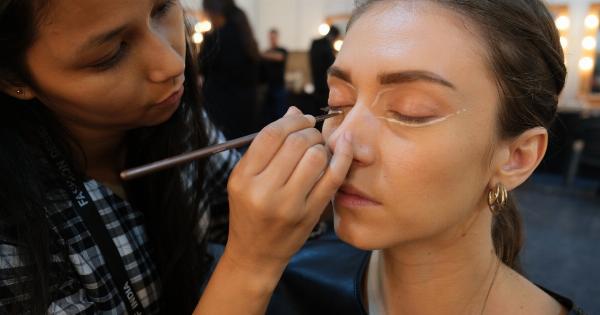The human skin is a testament to the body’s ability to adapt, protect, and evolve. The skin is not only the largest organ in the human body, but it is also the most visible.
Skin is an essential part of our identity, and the condition of our skin affects our appearance, confidence, and overall well-being. One way to modify the skin’s appearance is through the practice of dermatography.
What is Dermatography?
Dermatography is the art of creating designs or patterns on the skin’s surface using fine needles and pigments.
Dermatography is also known as “cosmetic tattooing,” “micro-pigmentation,” or “semi-permanent make-up.” The practice of dermatography began in ancient times when people used natural pigments to decorate their skin. In modern times, dermatography has become a popular cosmetic technique for enhancing facial features and addressing issues with scarring or skin hypopigmentation.
The Process of Dermatography
During a dermatography session, a trained technician uses a sterile needle to implant pigmented ink into the skin. The needle is attached to a handheld device that creates punctures on the skin’s surface with extreme precision and control.
The pigments used in dermatography are specially formulated to be safe and long-lasting. Dermatography can be used on different parts of the body, including the face, eyebrows, lips, and scalp.
The Benefits of Dermatography
Dermatography has several benefits, including:.
- Enhancing the appearance of facial features
- Correcting asymmetry caused by scars or birthmarks
- Camouflaging skin hypopigmentation
- Reducing the need for daily makeup application
- Boosting self-confidence
The Risks of Dermatography
Despite the benefits, dermatography also carries some risks. Like any invasive procedure, there is a risk of infection. The use of unsterilized needles or contaminated pigments can lead to infections and other complications.
In addition, some people may experience allergic reactions to the pigments used in dermatography. Proper aftercare is essential to minimize the risk of infection and ensure optimal healing and results.
Who Can Perform Dermatography?
In most countries, dermatography is regulated as a cosmetic procedure. It is only legal for licensed professionals to perform dermatography. As a result, prospective clients should only seek services from qualified dermatography artists.
Certified artists are trained to sterilize equipment and use safe pigments that are hypoallergenic. When considering dermatography, it is important to do your research and choose a reputable artist with relevant training and experience.
Contraindications for Dermatography
Dermatography is not suitable for everyone. Certain medical conditions and medications may prevent individuals from undergoing the procedure. Dermatography is contraindicated in patients with:.
- Active skin infections or inflammation
- Open sores or wounds
- Hemophilia or other bleeding disorders
- Diabetes or other conditions affecting blood sugar levels
- Epidermolysis bullosa or other hereditary skin diseases
- Immunodeficiency conditions
- Scars or abnormal tissue growths
- Allergies to pigments or other materials used in cosmetic procedures
- Pregnant or breastfeeding women
Caring for Your Skin After Dermatography
Proper aftercare is essential to ensure optimal healing and long-lasting results. Clients often experience some swelling and redness immediately after the procedure. These symptoms usually subside within a few days.
During the healing process, it is essential to keep the treated area clean and avoid rubbing or scratching the skin. The pigmented area may appear darker than expected during the first few days but will lighten as the skin heals. Avoid sun exposure, swimming, and excessive sweating during the healing process.
Aftercare instructions may vary depending on the site of the treatment, and your dermatography artist will provide you with the necessary guidelines.
Conclusion
Dermatography is an increasingly popular cosmetic procedure that offers a range of benefits, including enhancing facial features, correcting asymmetry, and restoring pigment to the skin.
However, like any invasive procedure, it carries some risk, and proper aftercare is essential for optimal healing and results. If you’re considering dermatography, you should do your research, choose a reputable artist, and discuss any medical conditions or concerns with your provider.































